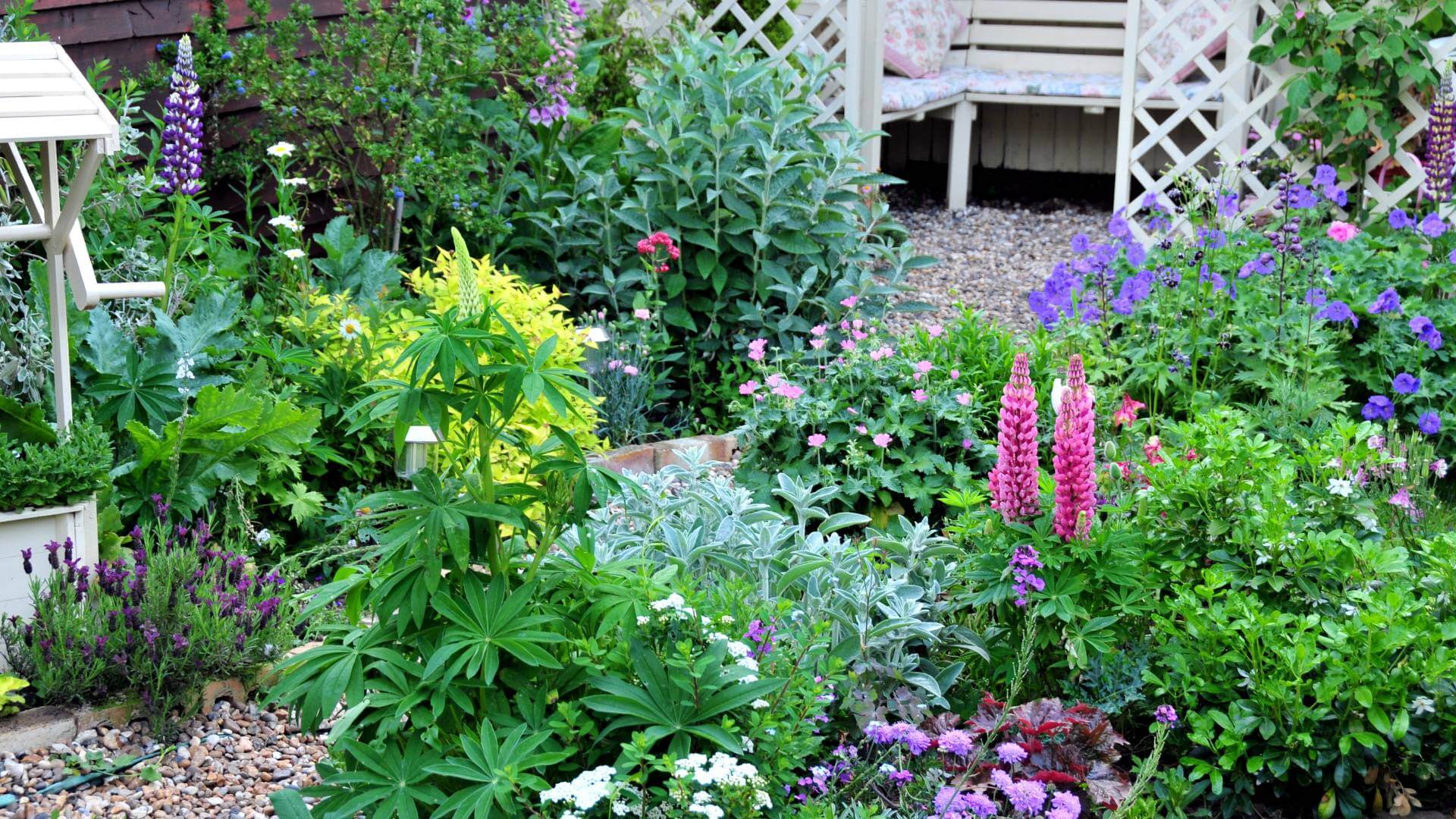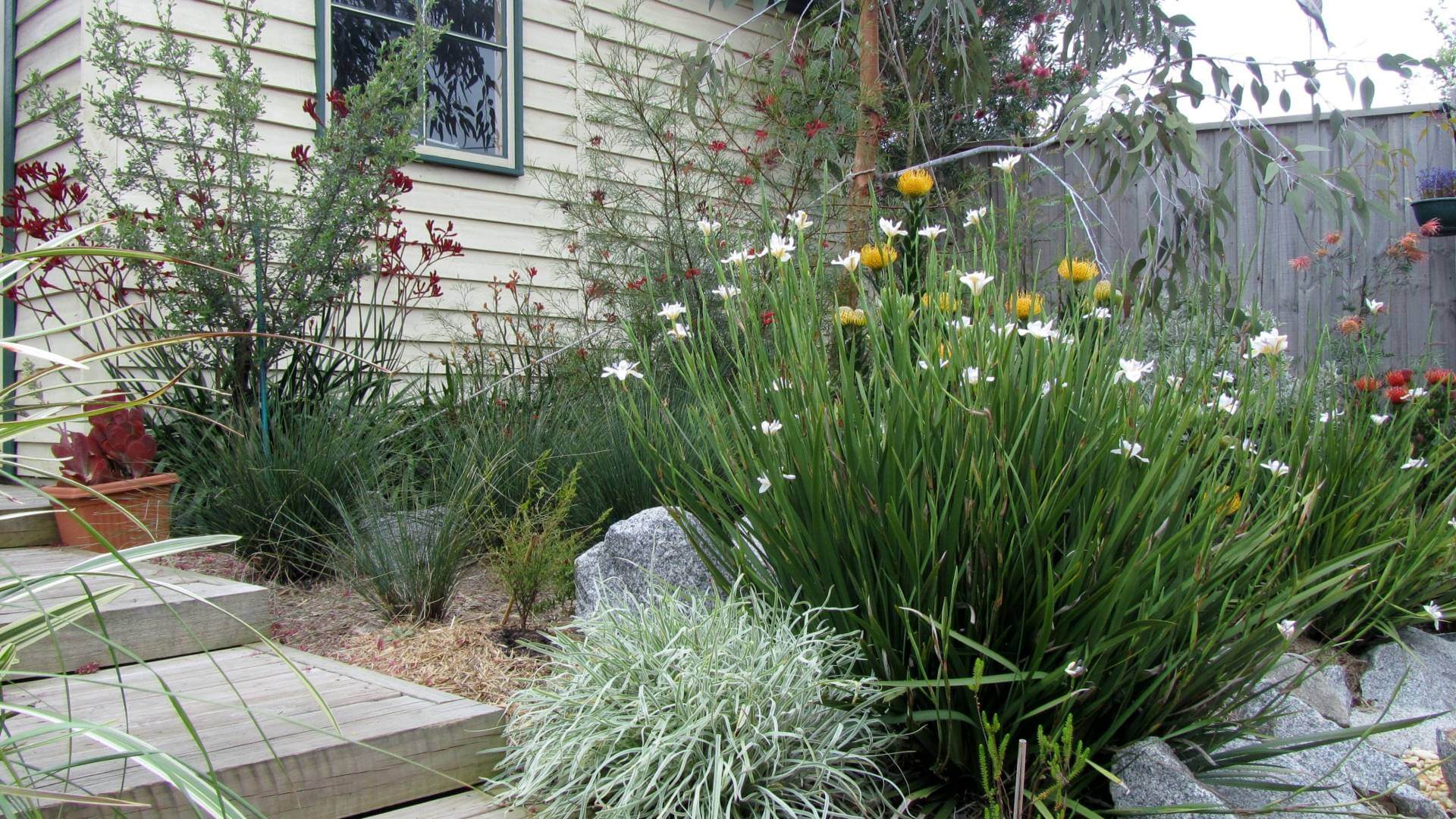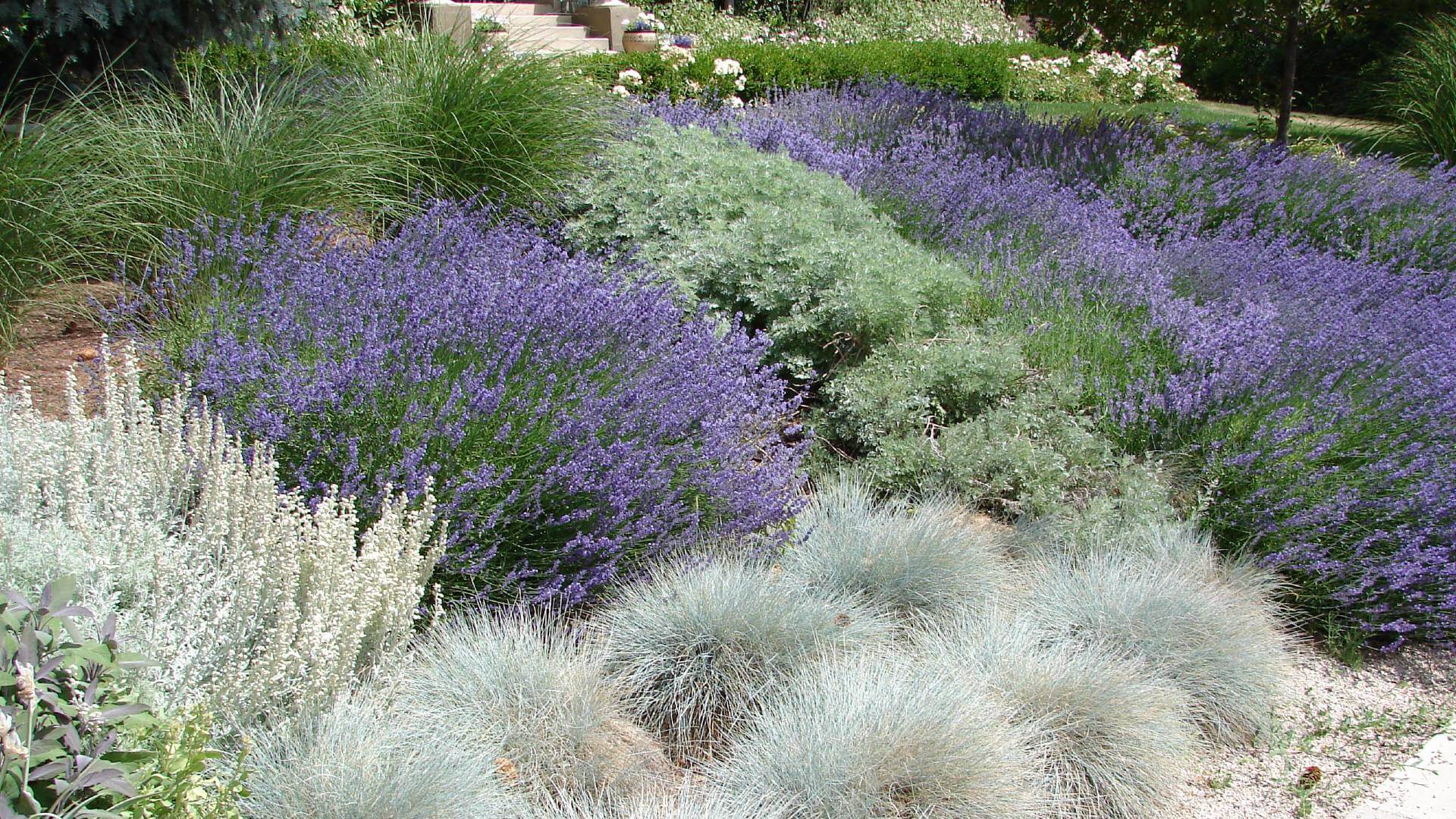Layered Gardens – A Landscaping Technique
You may not know it but you would have spied upon many a layered garden in your lifetime. Some are accidentally achieved, others heavily planned and organised. The latter tend to stand out more than the former, appearing on Instagram, in magazines and on Pinterest boards. Looking upon these gardens you might find yourself thinking “My that’s a really beautiful garden, how did they do it?” One obvious answer is they had it designed for them! And you can too with our free garden design service. The other is that they planned it themselves and quite often the plan and design comes down to one heavily used landscaping technique – landscape layering.
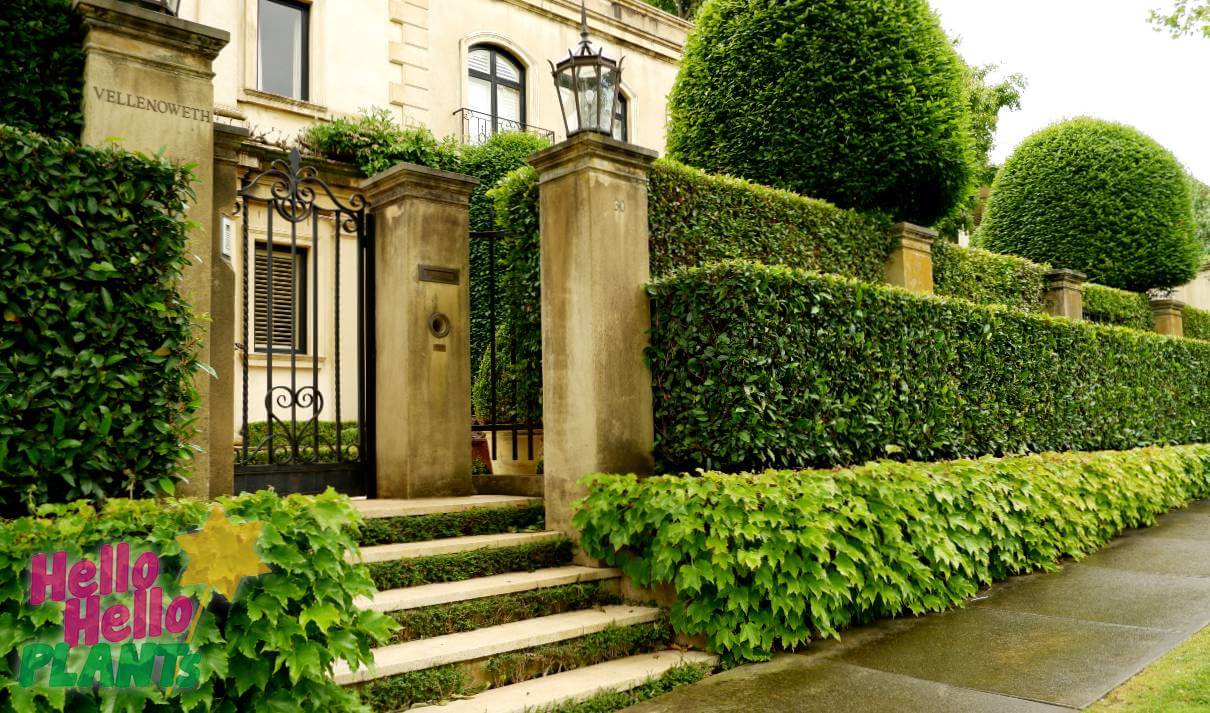
Landscape layering is a very popular and a somewhat tricky landscaping technique. It is why many customers have a professional landscaper assist them with the design. But we’re here to tell you how it’s done and what it involves so you can give it a go in your garden yourself!
The basic principles of landscape layering involve placing plants in a fore, middle and background configuration based on their colour, texture and above all else, shape and size. The fore, middle and backgrounds don’t only go back across a horizontal plane either, but also span the vertical plane. Imagine a tall tree with a bare trunk, a medium hedge growing underneath and a groundcover creeping out from underneath. Or a pleached hedge with tall grasses between each trunk and a row of low mounding shrubs in front to border the garden bed. These layering techniques can be used in narrow spaces, filling the garden bed with lush, gorgeous foliage, texture and colour.
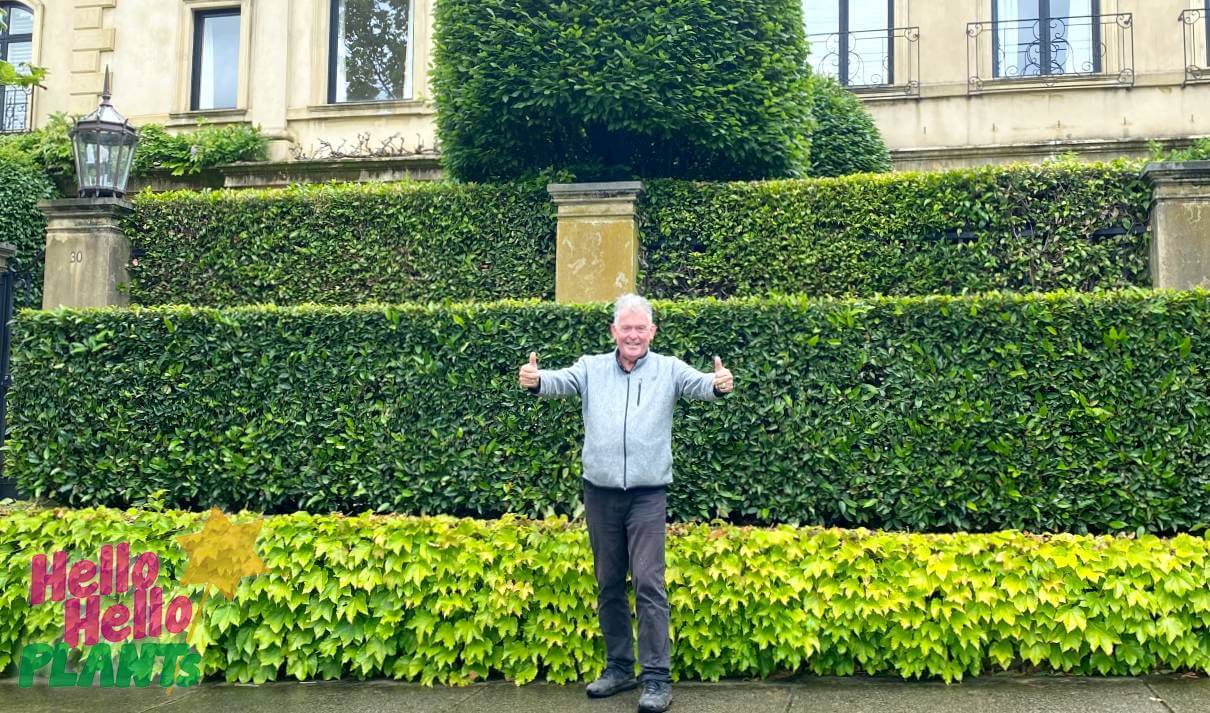
How to create a layered garden
Firstly you’ll have your plan. Your plan will be based upon the following:
- Size & Shape – place your plants based on their final size and shape they’re going to grow into. Give them space to grow to this size too!
- Texture – contrast the textures with one another. Large soft leaves against plants with fine, tiny leaves. Strappy grasses against dense foliage hedges
- Colour – this isn’t only flower colour but foliage colour too! What will the plant look like in all seasons. Will it have leaves in winter or none? Spring blossom or autumal colour?
- Mass planting – almost all layered gardens involve planting the same plant multiple times. In fact it is a very popular landscaping technique, planting a single variety of plant en-masse has a very striking effect!
- Time – how much time are you going to have to maintain your wonderful new garden? This is an important factor that most people forget!
- Space – what space are you working with? A narrow, tight space so therefore you will have to layer up rather than back. Or do you have a large garden bed to work with like the ones pictured here, a few metres in depth.
- Pre-existing features – your garden will sometimes already have some features that you either want to keep or are immovable such as the back patio or a pathway, a favourite fruit or feature tree etc. You’ll want to note these down and work them into the layered landscape design.
- Wish list – these are features or plant types you want in your garden. You might want a pond, an archway or really love Hydrangeas and want them in there somewhere.
![]() Believe it or not but in most landscape designs the layout of the plants are agreed upon before any specific plants are even chosen!
Believe it or not but in most landscape designs the layout of the plants are agreed upon before any specific plants are even chosen!
For example, in the image to the right, the permanent feature is the fence, the space is the front nature strip in front of it and directly behind the fence. A hedge (Ficus microcarpa ‘Flash’) behind the fence has been used to block the view of the property as well as create a solid backdrop for the fence. A climber (Parthenocissus ‘Boston Ivy’) is used to cover the fence in an even manner, another layer and backdrop for the box hedging (Buxus sempervirens ‘English Box’) layer in the front. Lastly a low maintenance, even groundcover (Trachelospermum jasminoides ‘Chinses Star Jasmine’) is placed in the fore and it’s finished off with two feature pillars of topiarized Myrtus apiculata, creating symmetry.
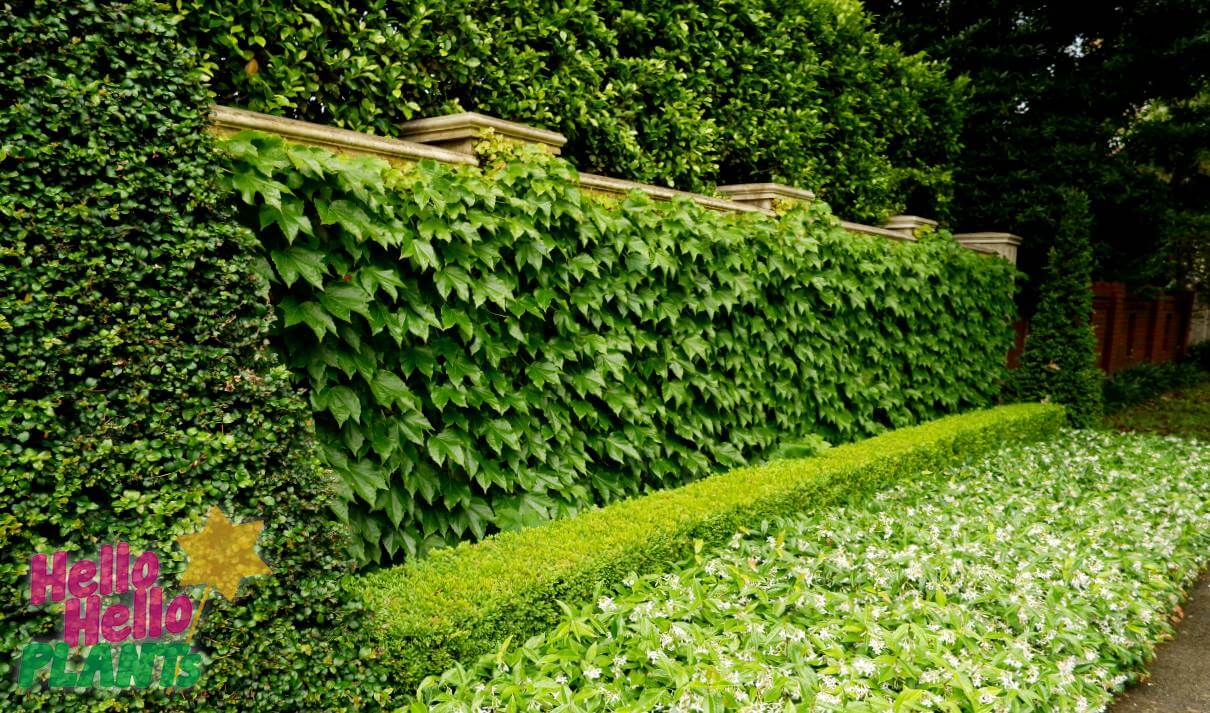
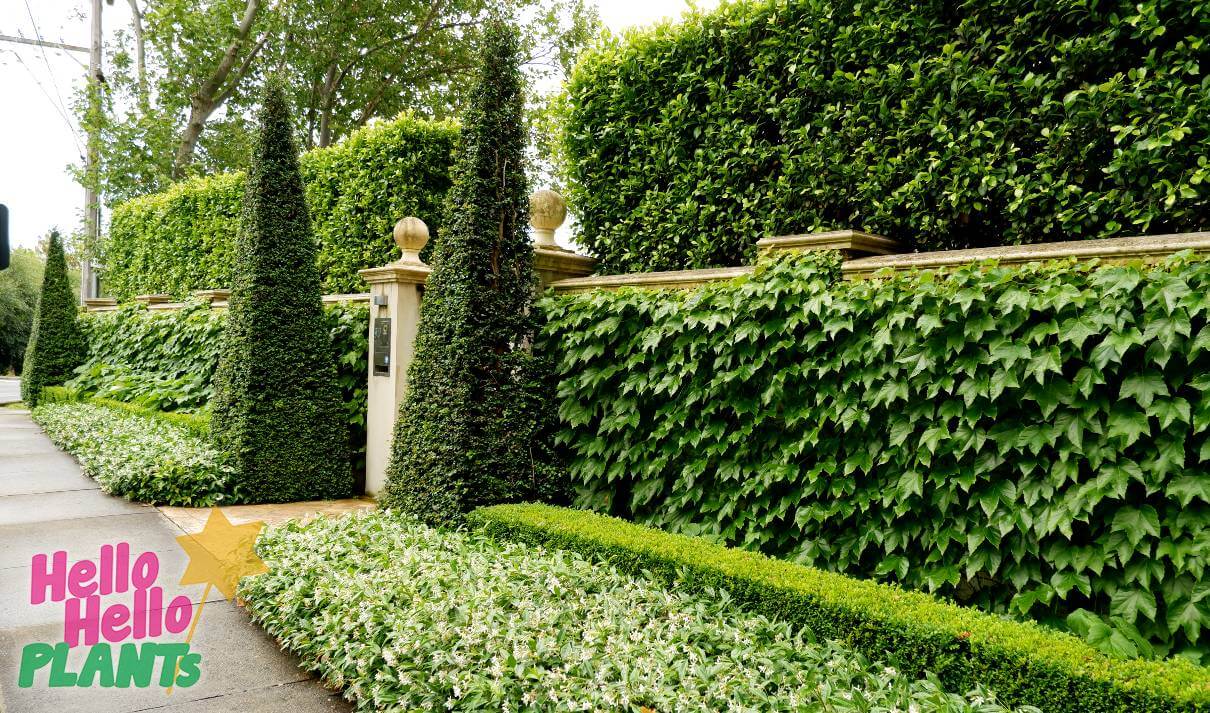
Note how each layers foliage contrasts with the layer in front and behind. The colour palette is kept simple, mostly green & white, with the exception of vibrant red autumnal colour from the ‘Boston Ivy’ in the autumn months. During the winter when none of the other plants are flowering the fence will remain the focal point, changing into a veined artwork of vines creeping across a beige rendered wall.
Though at first glance it appears to be a simple, well manicured design, this garden bed has had a lot of thought and planning go into it. Each season has been accounted for and every space filled.
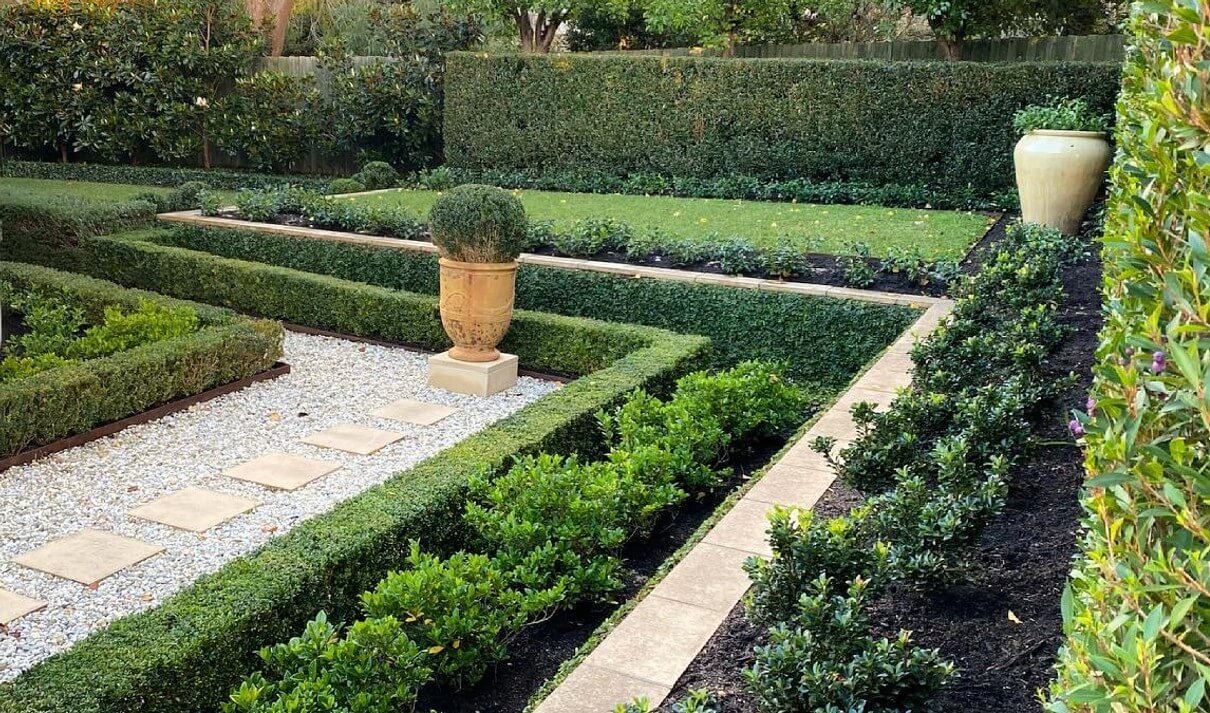
Stunning borders made by Andrew Stark Landscape Design
Different styles of landscape layering
Layering your garden doesn’t always have to involve highly manicured gardens either. Many gardens use layering in a asymmetrical or haphazard manner, creating order amongst the chaos.
Think of the Tropical or Lush & Leafy style garden. These gardens involve mass plantings of lush, leafy green foliage plants with tall, canopy palms and trees, middle ground filler foliage and low growing border plants. Oft times they’re not always the same plant the whole garden along like the above Formal gardens. They contrast broad leaves against fine foliage, vibrant tropical colours of purple, reds and yellows against deep foliage greens, architectural woods and rendered walls. Foliage spills out over the pathways, the focal points being the flowers, garden ornaments and the stark contrast of the paving stones or mulch against the foliage.
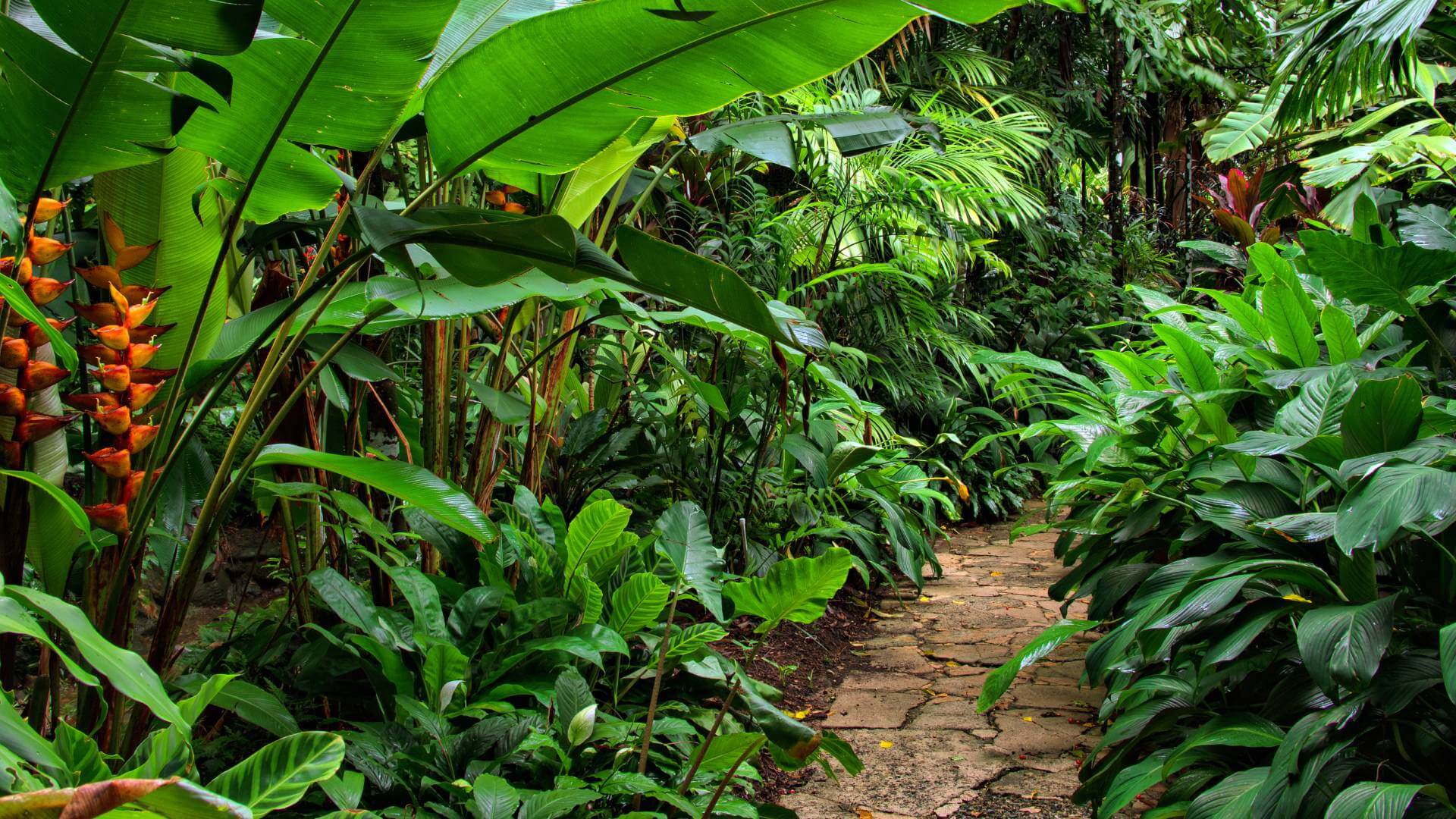
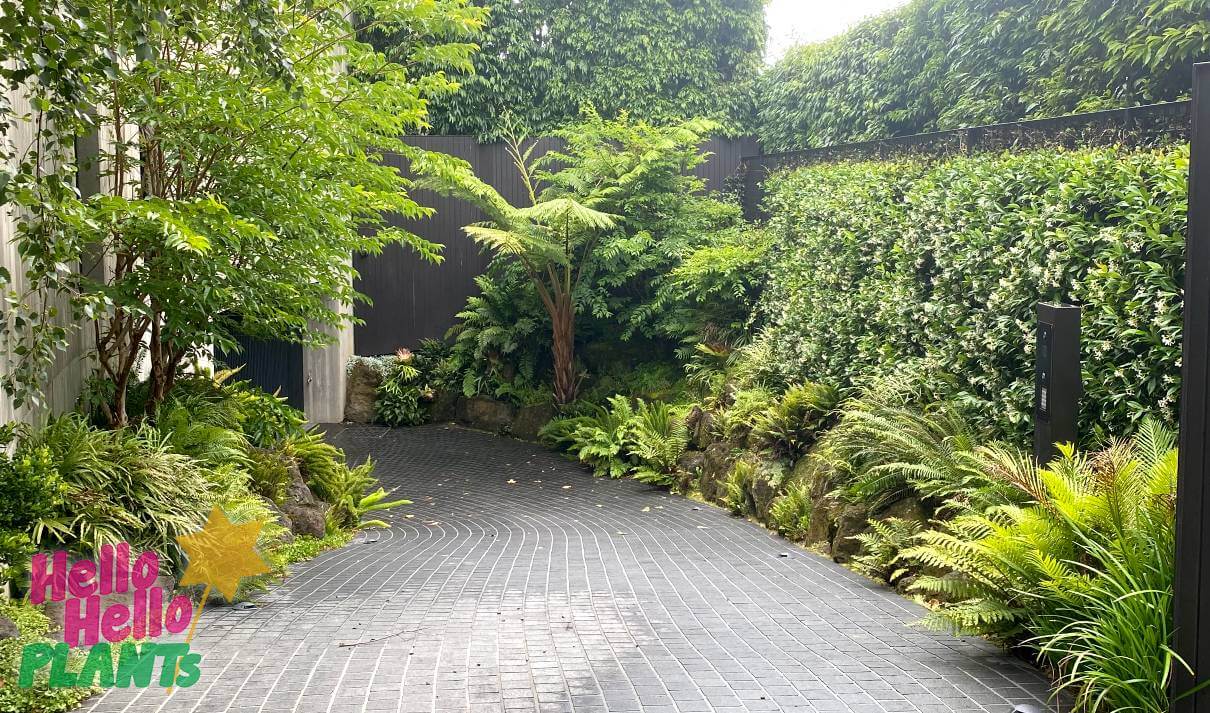
This effect is also used in Cottage gardens, Native and Coastal gardens where plants are staggered with one another, though still maintaining the layered smaller plants in the front to taller in the back and above. Plants are placed in groups of 3, 5 or 7 creating a block of colour or texture. Taller plants are planted the same groupings, sometimes not in a row but staggered instead. Contrast is heavily used here to make the plants stand out against each other in the ordered chaos. Silvery fine foliage against vibrant purples or green. Tall, shapely flower spikes above large, green leaves with a feature fruit tree shading the garden from above. The options are endless!




